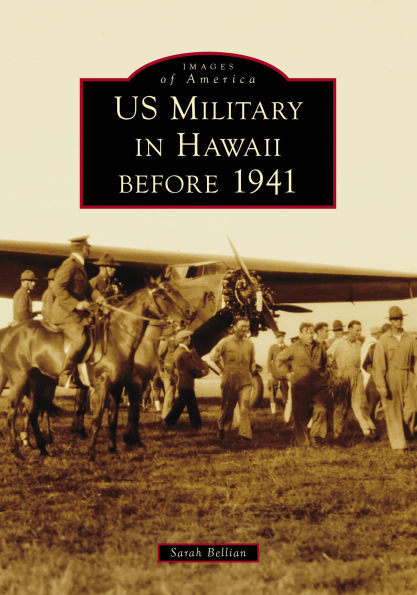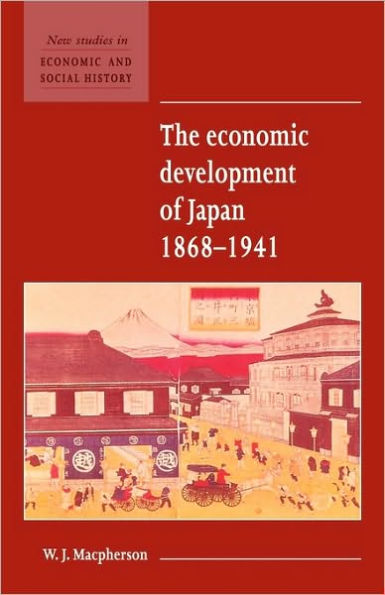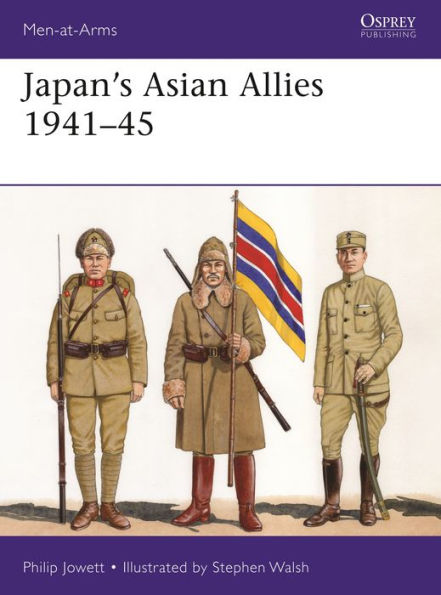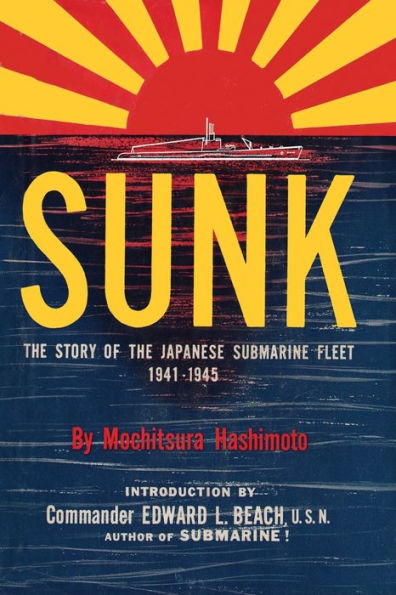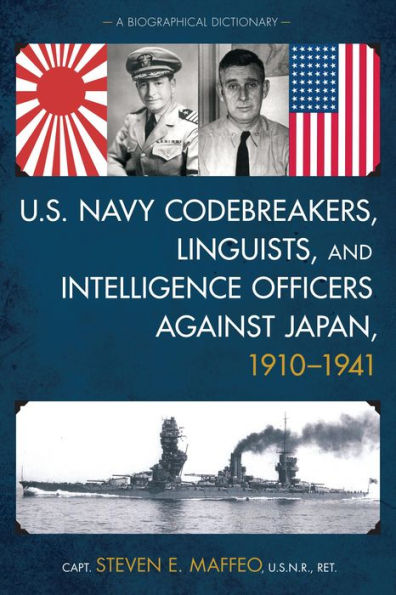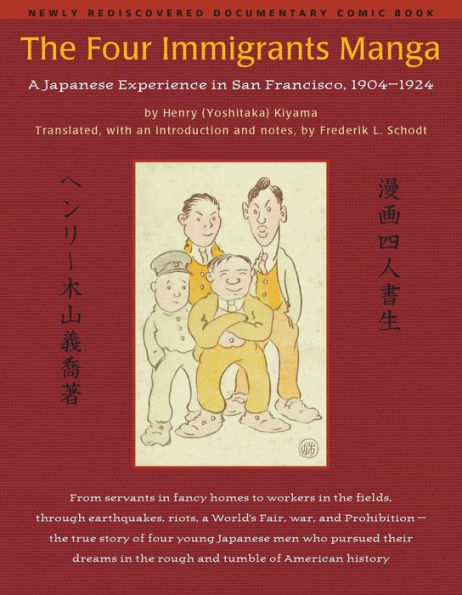Home
Japanese Immigrant Clothing Hawaii, 1885-1941
Barnes and Noble
Loading Inventory...
Japanese Immigrant Clothing Hawaii, 1885-1941 in Franklin, TN
Current price: $75.00
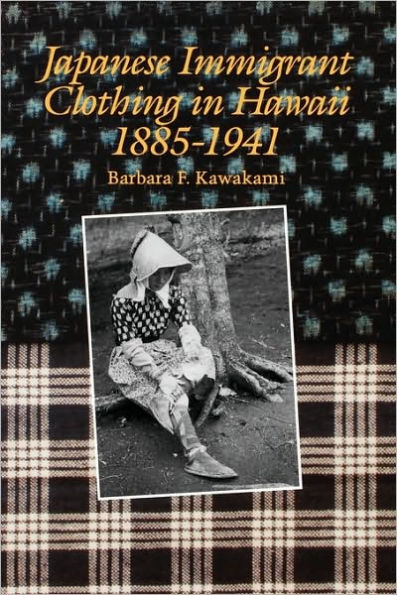
Barnes and Noble
Japanese Immigrant Clothing Hawaii, 1885-1941 in Franklin, TN
Current price: $75.00
Loading Inventory...
Size: Hardcover
Between 1886 and 1924 thousands of Japanese journeyed to Hawaii to work the sugarcane plantations. First the men came, followed by brides, known only from their pictures, for marriages arranged by brokers. This book tells the story of two generations of plantation workers as revealed by the clothing they brought with them and the adaptations they made to it to accommodate the harsh conditions of plantation labor. Barbara Kawakami has created a vivid picture highlighted by little-known facts gleaned from extensive interviews, from study of preserved pieces of clothing and how they were constructed, and from the literature. She shows that as the cloth preferred by the immigrants shifted from
kasuri
(tie-dyed fabric from Japan) to
palaka
(heavy cotton cloth woven in a white plaid pattern on a dark blue background) so too their outlooks shifted from those of foreigners to those of Japanese Americans.
Chapters on wedding and funeral attire present a cultural history of the life events at which they were worn, and the examination of work, casual, and children's clothing shows us the social fabric of the issei (first-generation Japanese). Changes that occurred in nisei (second-generation) tradition and clothing are also addressed.
The book is illustrated with rare photographs of the period from family collections.
kasuri
(tie-dyed fabric from Japan) to
palaka
(heavy cotton cloth woven in a white plaid pattern on a dark blue background) so too their outlooks shifted from those of foreigners to those of Japanese Americans.
Chapters on wedding and funeral attire present a cultural history of the life events at which they were worn, and the examination of work, casual, and children's clothing shows us the social fabric of the issei (first-generation Japanese). Changes that occurred in nisei (second-generation) tradition and clothing are also addressed.
The book is illustrated with rare photographs of the period from family collections.
Between 1886 and 1924 thousands of Japanese journeyed to Hawaii to work the sugarcane plantations. First the men came, followed by brides, known only from their pictures, for marriages arranged by brokers. This book tells the story of two generations of plantation workers as revealed by the clothing they brought with them and the adaptations they made to it to accommodate the harsh conditions of plantation labor. Barbara Kawakami has created a vivid picture highlighted by little-known facts gleaned from extensive interviews, from study of preserved pieces of clothing and how they were constructed, and from the literature. She shows that as the cloth preferred by the immigrants shifted from
kasuri
(tie-dyed fabric from Japan) to
palaka
(heavy cotton cloth woven in a white plaid pattern on a dark blue background) so too their outlooks shifted from those of foreigners to those of Japanese Americans.
Chapters on wedding and funeral attire present a cultural history of the life events at which they were worn, and the examination of work, casual, and children's clothing shows us the social fabric of the issei (first-generation Japanese). Changes that occurred in nisei (second-generation) tradition and clothing are also addressed.
The book is illustrated with rare photographs of the period from family collections.
kasuri
(tie-dyed fabric from Japan) to
palaka
(heavy cotton cloth woven in a white plaid pattern on a dark blue background) so too their outlooks shifted from those of foreigners to those of Japanese Americans.
Chapters on wedding and funeral attire present a cultural history of the life events at which they were worn, and the examination of work, casual, and children's clothing shows us the social fabric of the issei (first-generation Japanese). Changes that occurred in nisei (second-generation) tradition and clothing are also addressed.
The book is illustrated with rare photographs of the period from family collections.
